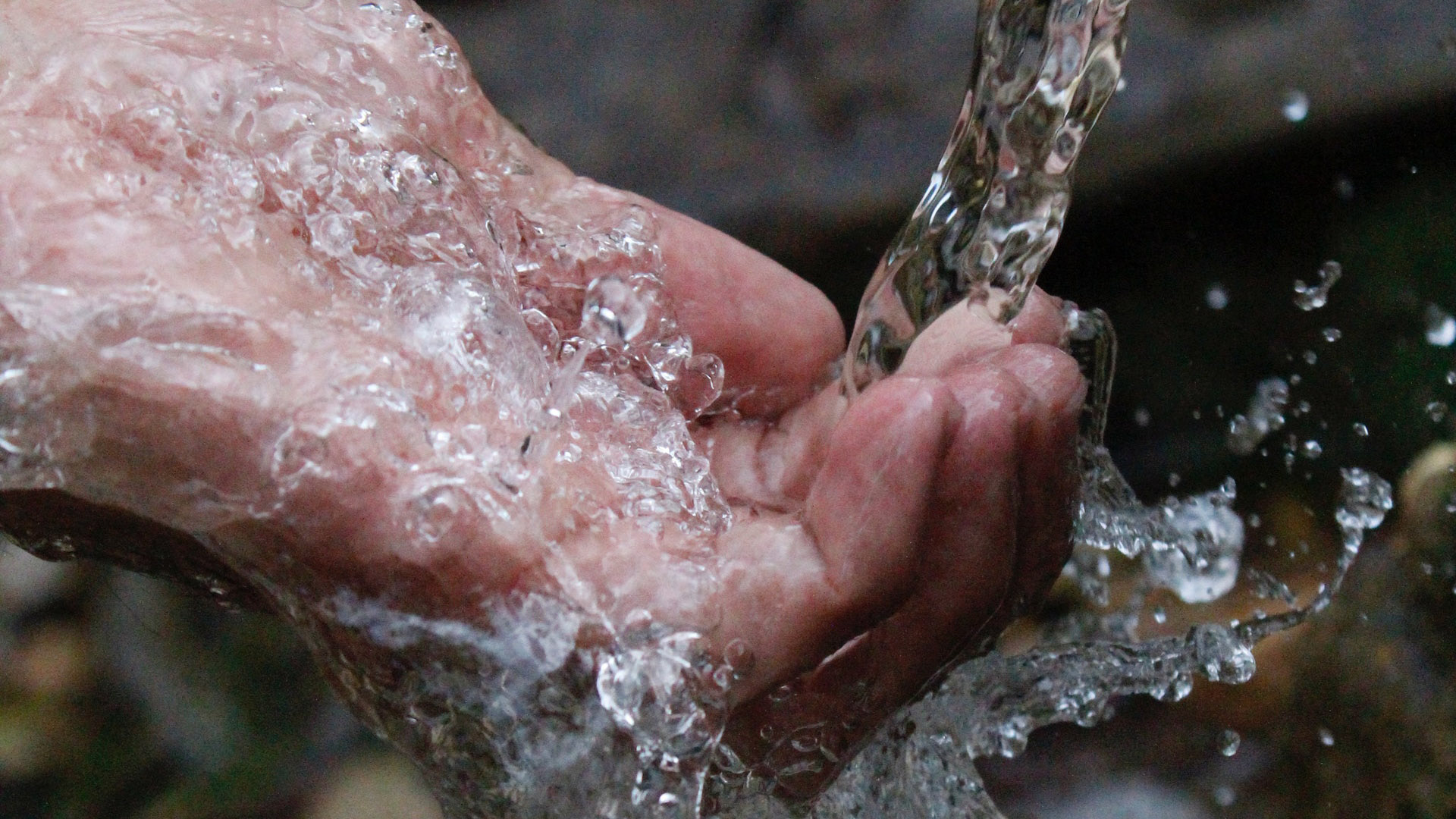Mercury Contaminated Drinking Water
How can mercury contamination happen in your drinking water?
Mercury contamination in your drinking water can happen in various ways. It can be carried by nature such as wind, rain, and snow; from rock and soil; from the water sources such as lake, river, and pond; from industrial activities such as combustion of fossil fuels, metal smelters, cement manufacture; and from the disposals of the consumer products such as broken-thermometers and batteries; from the release of contaminated wastewater from ASGM (Artisanal and Small-Scale Gold Mining).
What is the limit of mercury contaminant levels in drinking water?
According to the U.S. Food and Drug Administration, the Maximum Contaminant Level (MCL) for inorganic mercury for drinking water is 2 micrograms per liter (µg/L).
What can happen to us if we drink mercury-contaminated water?
Drinking mercury-contaminated water can cause a variety of harmful health effects in our bodies. However, the type and seriousness of the health effects can be varied depending on the form and amount of mercury the person can expose to. Multiple mercury exposures can also happen due to the conditions of the contaminated environment. Short-term exposures to drinking mercury-contaminated drinking water at levels above the Maximum Contaminant Level (MCL) (2 micrograms per liter (µg/L)) can cause kidney damage.

How can I know about the quality of my drinking water?
First and foremost, please check the reports of water quality from the Ministry of Health, Labor and Welfare, your local water supply department, health department, and environmental department. Secondly, if you have your own private well, you can screen your water for the presence of potentially harmful contaminants with a reliable drinking water test kit or take a water sample to the lab.
References
[1] Mercury in Drinking Water. Retrieved from https://www.wqa.org/learn-about-water/common-contaminants/mercury
[2] Mercury in Drinking Water. Division of Environmental and Occupational Health Consumer and Environmental Health Services. Retrieved from https://www.hopewelltwp.org/DocumentCenter/View/114/Facts—Mercury-in-Drinking-Water-PDF
[3] Mercury in Drinking Water. Mercury in Drinking-water Background document for development of WHO Guidelines for Drinking-water Quality Retrieved from https://www.who.int/water_sanitation_health/dwq/chemicals/mercuryfinal.pdf
